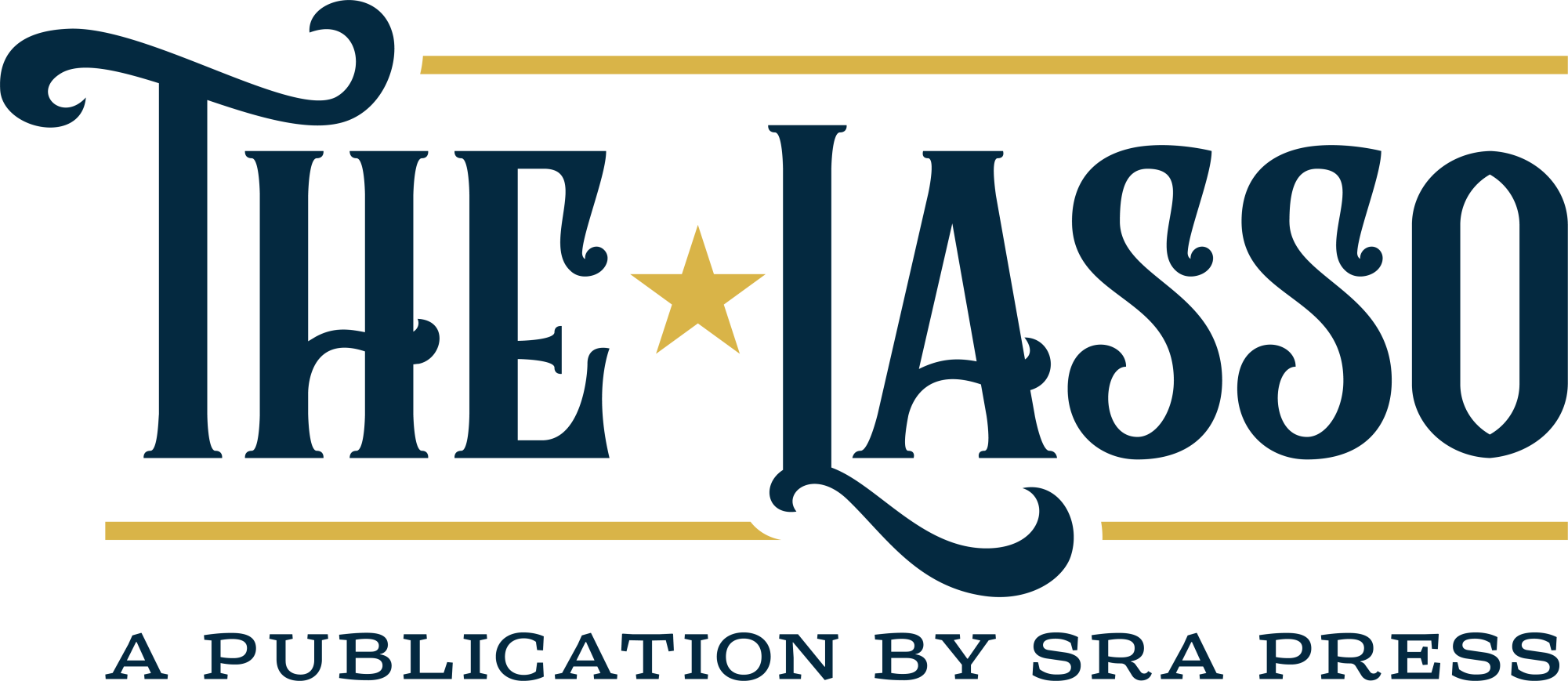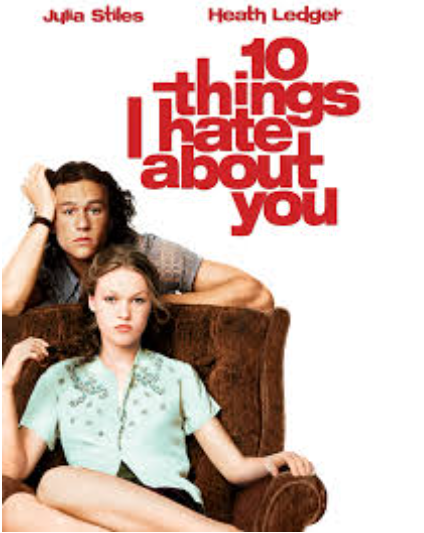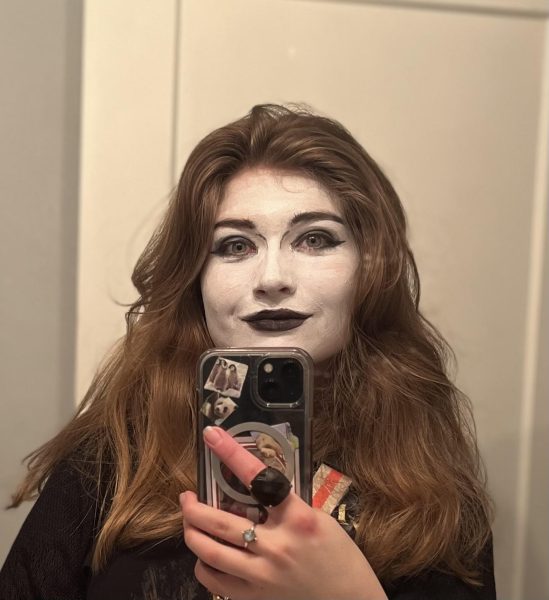Since 1987, March has been recognized as Women’s History Month. Much like the historical prevalence of women themselves, Women’s History Month has struggled to be acknowledged. Women’s History Month wouldn’t be without the significant progress of women’s rights made by various figures through the centuries. It’s commonplace for our history textbooks to be bursting with the unevenly distributed tales of influential men leading the way in history. While all historical recounts have their value, the importance of Women’s History Month only grows when every other month feels like Men’s History Month.
Women’s Rights
The leading female voice of the Enlightenment,
Wollstonecraft solidified herself and her work as essential to women’s rights. Her book, “A Vindication of the Rights of Woman”, is considered a quintessential canonical work of Feminism. Wollstonecraft claimed that the misery she and other women faced was sourced from “a profound conviction that the neglected education of my fellow-creatures.” Like many others to come, her claim was that women can be equal to men, socially and intellectually, if they are given access to the same educational resources.

Ida B. Wells’ advocation for women’s suffrage is attributed to her retaliation against racism, sexism, and violence in the United States. Wells experienced much of this violence first-hand throughout her life. Her many testaments can be found in “Southern Horrors”, a first-hand account of lynching and other injustices. Wells believed women’s suffrage, alongside civil rights movements, would equate to more opportunities for Black women both in and out of politics.

Frida Kahlo is one of the most influential women to ever occupy the cultural sphere of art discussions. Her art arose during a cultural revolution in her country of Mexico, only further shifting its political climate. Her piece, “Henry Ford Hospital”, altered the way millions viewed womanhood through her simultaneous portrayal of childbirth, breastfeeding, abortion, and death. However, her influence goes beyond the typical attributes of womanhood– she often challenged the general public’s idea and expectations of how a woman should appear by dressing in men’s suits and embracing her unibrow and facial hair.

Simone de Beauvoir, a French philosopher and author, garnered great disapproval for her book’s content, claiming that religion is often used as a form of oppression toward women. The 1949 novel “The Second Sex” was deemed “pornographic” by some and earned a prohibition from the Vatican. De Beauvoir had a strong belief in a woman’s right to choose motherhood or marriage. In her book, she claims “one is not born a woman, but becomes one”; referring to the social construct and requirements of being a woman rather than the biological implications of being “born a woman”. In this sentiment, she acknowledges not just the innate nature of womanhood, but also how womanhood is defined by how it’s perceived.

When she was awarded the Nobel Peace Prize at the age of 17, Malala Yousafzai solidified herself as one of the most influential fighters for girls’ education worldwide. Yousafzai was shot in the head in 2012 by the Taliban for her push for gender equity in education. Having faced the threat of war in her country from a young age, Yousafzai spread awareness about the Pakistani female experience in a British Broadcasting Corporation (BBC) blog. After her recovery, she moved to England with her family and continued her fight “until every girl could go to school.”

Breaking the Glass Ceiling
Best known for her beauty and sensational performances during the Golden Age of cinema, Hedy Lamarr invented radio guidance systems, utilizing spread-spectrum and frequency-hopping technology during World War II. This technology is known today as WiFi. Lamarr showed an interest in film from the age of 12 and got her first job as a script girl in her late teens. Her existence as an actress revolved around her stunning face and acting prowess, but never once around her technological innovations or thoughts on art and culture.

The “Maid of Orleans”, Joan of Arc felt summoned by God to fight for her country. Since the age of 13, she claimed to hear the voices of Saint Michael, Saint Catherine, and Saint Margaret – these visions would direct her and her gender-non-conforming legacy. Adorning men’s clothing and cutting her hair to the length of a man’s (or at least, to the length of how men wore their hair at the time), Joan of Arc rose in the ranks of the French army. After narrowly escaping her death, she was captured and executed by her own country for numerous crimes– the most prominent being heresy.

Amelia Earhart’s name has seen a recent resurgence in discussions with the possible discovery of her Lockheed 10-E Electra (according to this article written by my fellow journalist at “The Lasso”, Anthony Marlow). Known for her various aviation records and being the first woman to fly across the Atlantic Ocean, Earhart was an influential figure in the American political climate of her time.

The Polish-French physicist-chemist Marie Curie is the most distinguished researcher on the study of radioactivity. Having discovered both Radium and Polonium, Curie was awarded the 1903 Nobel Peace Prize in physics making her the first woman to win such an honor. She went on to win another in chemistry in 1911 making her the only person to ever win two Nobel Peace Prizes in two different categories of science. During World War I, she invented “Little Curies”– small devices that helped wartime doctors detect broken bones and bullets inside soldiers’ bodies. She returned to her work after the war, until the prolonged radiation exposure ended up killing her.

Pioneer of the very term “software engineering”, Margret Hamilton worked on Apollo 11 and eventually became the lead developer of Apollo flight software at NASA. As Smithsonian Magazine said in an interview with Hamilton, she’s the woman who put a man on the moon. Alongside this, she also developed technology involving weather predictions and Project MAC at MIT. Furthermore, she contributed to Lorenz’s chaos theory all before computer science and software engineering were established principles.

Women in the Arts
Judy Chicago was inspired by the common, “ordinary” woman of the 1970s feminist movement for her work. As a crucial figure in feminist art, her series of art titled “The Dinner Party” exhibits and subverts cultural expectations of women. One of Chicago’s pieces titled “Mary Wollstonecraft Place Setting” is, as stated, a place setting. It depicts the previously-mentioned Enlightenment thinker Mary Wollstonecraft dying upon the birth of her youngest daughter, Mary Shelley. Similarly, another piece of hers titled “Sappho Place Setting” illustrates the life of the soon-to-be-mentioned Greek poet Sappho. The place setting refers to her with her nickname the “flower of the graces.”

Written and illustrated by Naoko Takeuchi, “Sailor Moon” is one of the most popular Manga series of the entire medium. She graduated from Kyoritsu University with a PhD in Chemistry, only to instead pursue a career as a Manga artist later on. Unlike most super-sentai Manga, Takeuchi’s story focuses on a group of heroines. In a 2013 interview with ROLa Magazine, she expressed how difficult it was for her to publish manga made by and starring a woman. “Back then, I thought, ‘I’m going to show these old grandpas that beautiful girl characters can be good for business, and I’m not leaving my concept in the hands of old men.’ So I had to work hard to develop a sense of beauty and elegance in my characters, no matter what their type was…they didn’t much care for the opinions of us lady authors; it was a difficult time.”

In 1818, Mary Shelley was 21. This is the year in which she published “The Modern Prometheus: Frankenstein”, the most influential Gothic work of fiction ever and one of the first science-fiction novels ever written. Daughter of previously-discussed Wollstonecraft, Shelley’s novel deals with dark themes surrounding familial relationships and grief. Because of social restrictions surrounding women writing about macabre topics, Shelley couldn’t risk publishing the novel under her name and instead released it anonymously until its re-release in 1823 when her name was finally attributed. She never earned any royalties from “Frankenstein”, one of the most well-known characters in all of horror-centric pop culture.

“Mr. Pink is telling a long and involved story about Madonna” is how the 1992 screenplay of Quentin Tarantino’s “Reservoir Dogs” begins. Madonna sent cultural shockwaves with a multitude of song and music video releases– sending onlookers into terror with her portrayal of femininity and self-liberation. She later said, “I may be dressing like the traditional bimbo, whatever, but I’m in charge and isn’t that what feminism is all about?” Her influence is revolutionary to some, as a journalist for The New Yorker Camile Praglia said in her article “Madonna– Finally, a Real Feminist”, “Madonna is the true feminist. She exposes the puritanism and suffocating ideology of American feminism.”

Hailing from the island of Lesbos, Sappho altered the landscape of poetry indefinitely with vividly emotional poems in the first-person, as opposed to the highly popularized heroic epics of the time. Revolutionary, her work is one of the earliest documentations of passion or love expressed through poetry. However, most of her work was destroyed in 1073 when Byzantine Pope Gregory VII indicted it of Lesbian imagery, ordering its eradication. However, her impact and her legacy continue through anyone who expresses themselves emotionally via poetry.

From Ancient Greece to the 21st century, women have persisted as highly impactful–ground-breaking and glass-ceiling-shattering. It’s important to remember the legacies of these women (alongside many others) as they achieve phenomenal things in a man’s world. In Western civilization, women have fought for suffrage, accessible feminine products, and the freedom to speak about social injustices as I am now. But, these are necessities of female freedom not everyone is afforded. In MENA (Middle Eastern and North African) regions, women and girls face staggering inequalities through heavily restricted diets, job inaccessibility, loss of household and public decision-making, forced religion, and restrictive wardrobes, not to mention gender-based violence, sexual abuse, and exploitation. The only way to combat inequality is if the legacies of powerful women continue to inspire more people to make a change.
Works Cited
The history of Women’s History Month: nationalww2museum.org access date: 3/24, update: 3/23
Women’s rights: brooklynmuseum.org access date: 3/24, update: 2/24; britannica.com access date: 3/24, update: 3/24; unlv.edu access date: 3/24, update: 1/21; womenshistory.org access date: 3/24, update: 4/17; tc.columbia.edu access date: 3/24, update: 3/23; thecollector.com access date: 3/24, update: 4/23; malala.org access date: 3/24, update: 1/24; womenshistory.org access date: 3/24, update: 2/20
Breaking the Glass Cieling: wikipedia.org access date: 3/24, update: 3/24; nationalgeographic.com access date: 3/24, update: 1/23; thecollector.com access date: 3/24, update: 5/23; wikipedia.org access date: 3/24, update: 3/24; airandspace.si.edu access date: 3/24, update: 9/22; wikipedia.org access date: 3/24, update: 3/24; nationalgeographic.com access date: 3/24, update: 2/24; wikipedia.org access date: 3/24, update: 3/24; smithsonianmag.com access date: 3/24, update: 3/19
Women in the arts: wikipedia.org access date: 3/24, update: 3/24; brooklynmuseum.org access date: 3/24, update: 1/24; wikipedia.org access date: 3/24, update: 3/24; tofugu.com access date: 3/24, update: 5/14; missdream.org access date: 3/24, update: 9/13; bookriot.com access date: 3/24, update: 10/19; nytimes.com acces date: 3/24, update: 10/90; imsdb.com access date: 3/24, update: 10/92; brooklynmuseum.org access date: 3/24, update: 3/24; blogs.bl.uk access date: 3/24, update: 10/17; briband.com access date: 3/24, update: 7/20
Conclusion: unicef.org access date: 3/24, update: 2/22





































